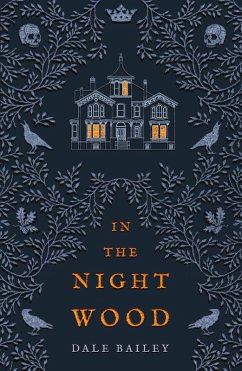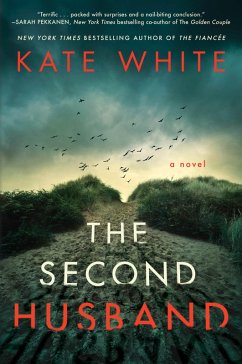
The Murder of Delicia (eBook, ePUB)
Enriched edition. Intrigue and Murder in Victorian Society: A Whodunit Mystery Novel
Kommentar: Carrington, Juliet / Redaktion: Good Press

PAYBACK Punkte
0 °P sammeln!
In "The Murder of Delicia," Marie Corelli weaves a tale that intricately explores themes of love, jealousy, and moral decadence. Set against the backdrop of Victorian society, the narrative unfolds with a blend of lush, poetic prose that exemplifies Corelli's fascination with mysticism and the supernatural. The plot centers around the enchanting character of Delicia, whose tragic fate serves as a vehicle for Corelli's commentary on the societal constraints and hypocrisies of her time, ultimately reflecting the period's transition into modernity and its existential dilemmas. Marie Corelli, a pr...
In "The Murder of Delicia," Marie Corelli weaves a tale that intricately explores themes of love, jealousy, and moral decadence. Set against the backdrop of Victorian society, the narrative unfolds with a blend of lush, poetic prose that exemplifies Corelli's fascination with mysticism and the supernatural. The plot centers around the enchanting character of Delicia, whose tragic fate serves as a vehicle for Corelli's commentary on the societal constraints and hypocrisies of her time, ultimately reflecting the period's transition into modernity and its existential dilemmas. Marie Corelli, a prominent literary figure in the late 19th and early 20th centuries, was often criticized for her sensationalist style yet admired for her ability to resonate with the public. Growing up in a tumultuous environment, Corelli's experiences with love, loss, and societal expectations undoubtedly influenced her narrative choices. Her works frequently challenge the status quo, and "The Murder of Delicia" stands as a testament to her relentless pursuit of moral truths amidst the complexities of human emotions. This novel is highly recommended for readers intrigued by explorations of psychological depth and ethical ambiguity within a richly detailed setting. Corelli's ability to enthrall while provoking critical thought makes this book an essential read for those delving into the intricacies of human nature and societal norms. In this enriched edition, we have carefully created added value for your reading experience: - A succinct Introduction situates the work's timeless appeal and themes. - The Synopsis outlines the central plot, highlighting key developments without spoiling critical twists. - A detailed Historical Context immerses you in the era's events and influences that shaped the writing. - A thorough Analysis dissects symbols, motifs, and character arcs to unearth underlying meanings. - Reflection questions prompt you to engage personally with the work's messages, connecting them to modern life. - Hand-picked Memorable Quotes shine a spotlight on moments of literary brilliance. - Interactive footnotes clarify unusual references, historical allusions, and archaic phrases for an effortless, more informed read.
Dieser Download kann aus rechtlichen Gründen nur mit Rechnungsadresse in A, B, BG, CY, CZ, D, DK, EW, E, FIN, F, GR, H, IRL, I, LT, L, LR, M, NL, PL, P, R, S, SLO, SK ausgeliefert werden.













